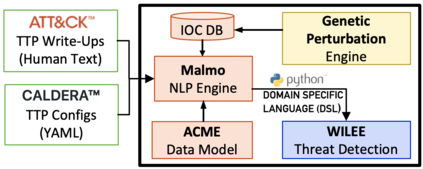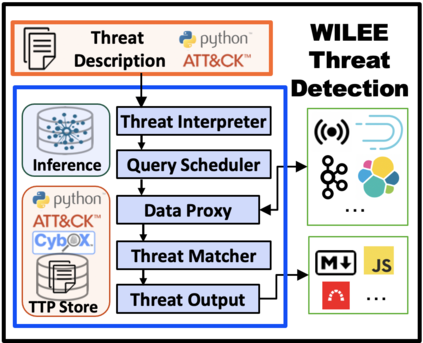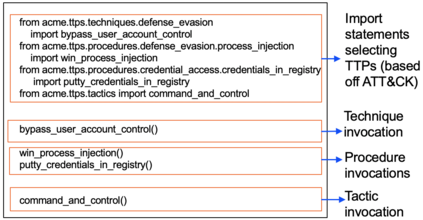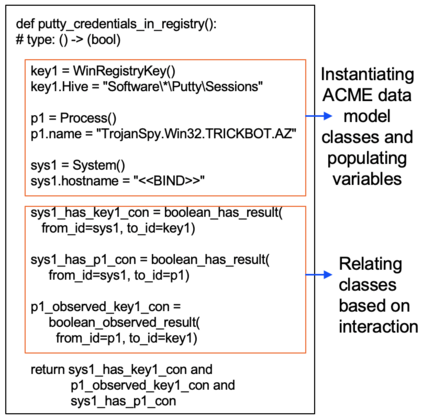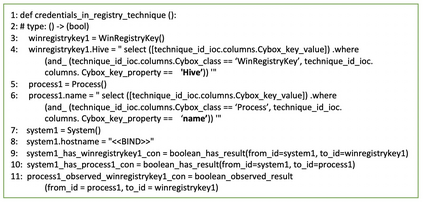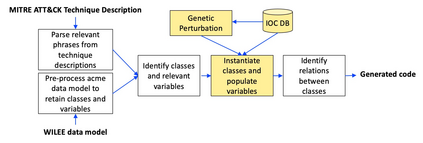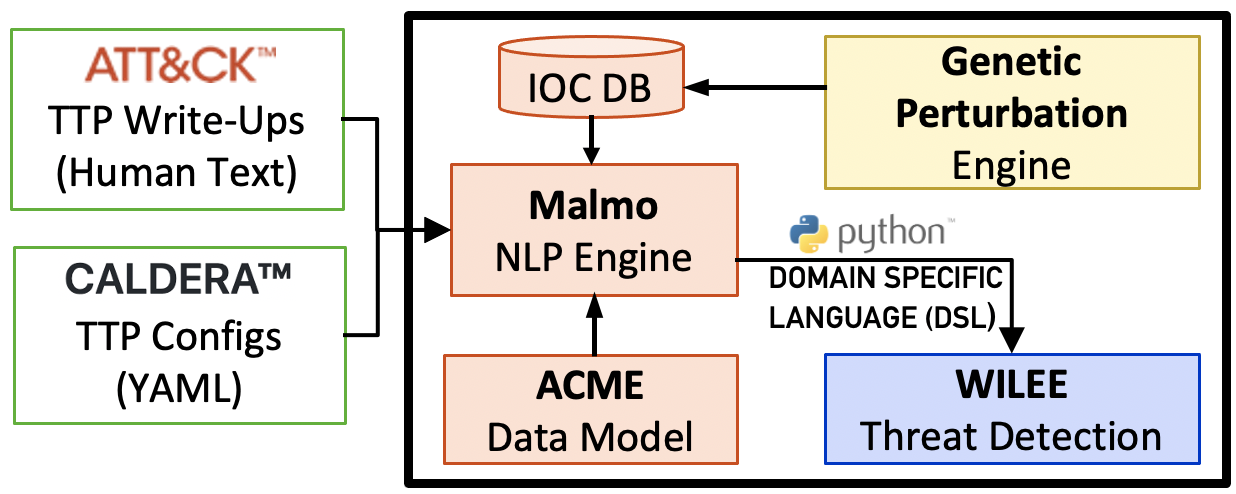Scaling the cyber hunt problem poses several key technical challenges. Detecting and characterizing cyber threats at scale in large enterprise networks is hard because of the vast quantity and complexity of the data that must be analyzed as adversaries deploy varied and evolving tactics to accomplish their goals. There is a great need to automate all aspects, and, indeed, the workflow of cyber hunting. AI offers many ways to support this. We have developed the WILEE system that automates cyber threat hunting by translating high-level threat descriptions into many possible concrete implementations. Both the (high-level) abstract and (low-level) concrete implementations are represented using a custom domain specific language (DSL). WILEE uses the implementations along with other logic, also written in the DSL, to automatically generate queries to confirm (or refute) any hypotheses tied to the potential adversarial workflows represented at various layers of abstraction.
翻译:扩大网络狩猎问题带来了若干关键的技术挑战。 大型企业网络中大规模网络威胁的检测和定性十分困难,因为必须分析的数据数量庞大和复杂,因为对手为实现其目标使用了各种不断变化的策略。 极有必要将网络狩猎的所有方面自动化,甚至网络狩猎的工作流程自动化。 大赦国际提供了许多方法来支持这一点。 我们已经开发了WILEE系统,通过将高层次威胁描述转换为许多可能的具体实施,将网络威胁狩猎自动化。(高层次)抽象和(低层次)具体实施都使用定制域特定语言(DSL)进行。 WILEE使用实施和其他逻辑(也写在DSL)一起自动生成查询,以确认(或反驳)与不同层次抽象中的潜在对抗工作流程相关的假象。

